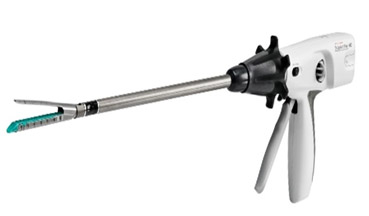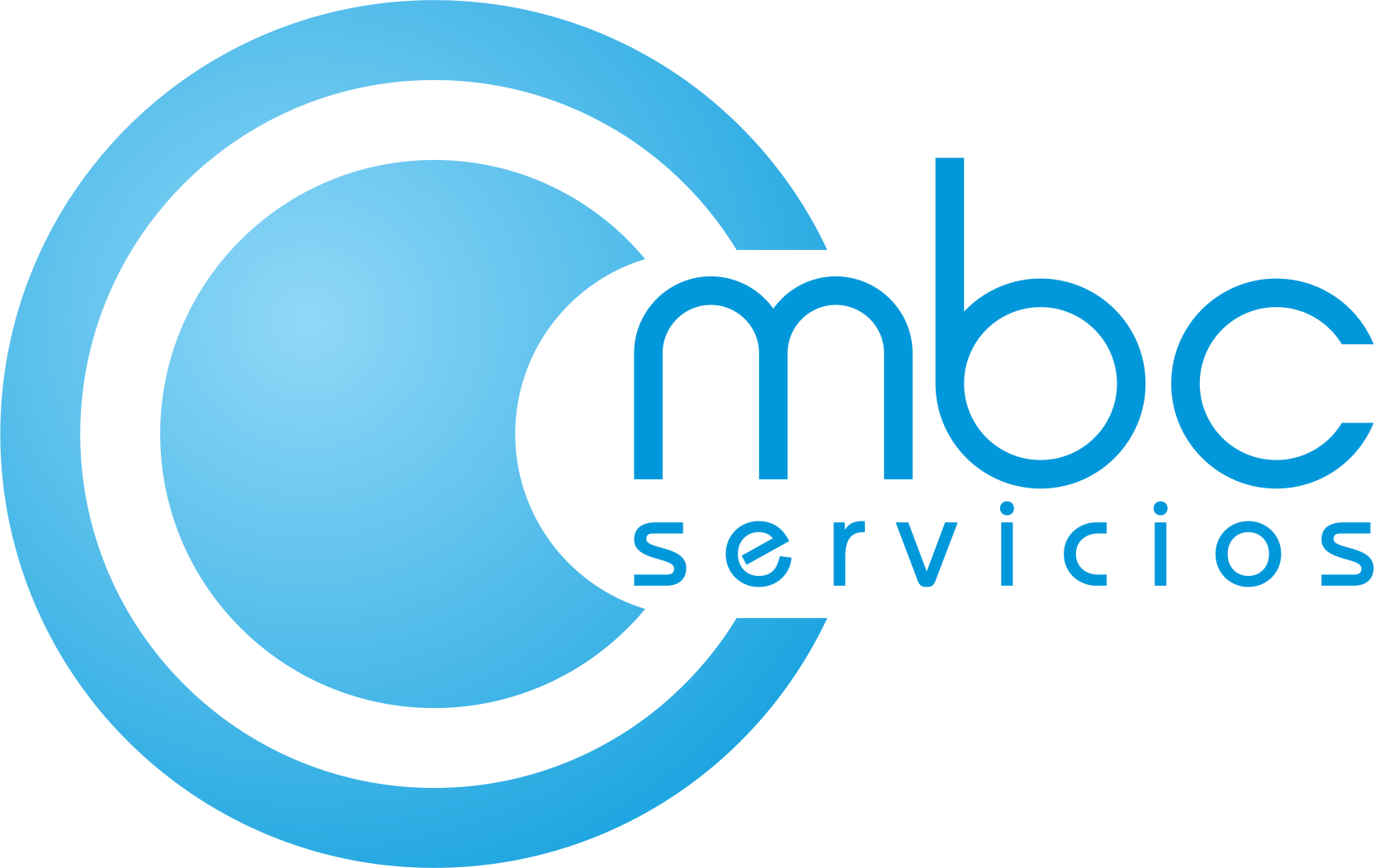When choosing where to get a bariatric surgery the materials and medical instruments that the surgeons use are very often overlooked, nevertheless, it has a huge impact on the results of your surgery. In this blog we would like to shine some light on the importance of high quality staples and staplers, and their proper use. This way, if you are considering getting a bariatric surgery, you can take it into consideration to make sure you’re getting a safe surgery, and avoid any complications due to faulty or improperly used materials.
The first thing you need to know is that surgical staples are categorized by colors depending on the tissue size where they are used and can properly seal:
- Black and Green: These are used for thicker tissue for example, during a Lap-Band to Gastric Sleeve revision surgery in the area where the lap band used to sit. Doctors find that the tissue in this area is plasticized, and it is imperative to use black or green staples here. Using other color staples will not hold the entirety of the tissue together optimally which may lead to a leak.
- Yellow: These are intermediate, for tissue that isn’t really thin but not very thick either, like for example in the middle part of the stomach during a gastric sleeve surgery.
- Blue: They’re used for thinner tissue, for example to staple the fundus (upper part of the stomach) in a gastric sleeve surgery.
- White: Used for the thinnest tissues, like the anastomosis in the intestines during a duodenal switch surgery or gastric bypass surgery.
How do they work?
The staples consist of 3 rows of staples, a razor, and another 3 rows of staples, as shown in the picture below:

This means that the surgeon can cut and staple at the same time without risking a leak. By the end, one side is stapled and separated from the rest of the stomach. During a Gastric Sleeve, the remains of the stomach that are cut (and stapled) are taken out, since it no longer has a function in the body. On the other hand, during a Gastric Bypass, the part of the stomach that has been cut and separated is left inside, given that it still has an important function in the digestive system.
How do staples relate to complications?
- A low-quality staple can cause a leak for a wide range of reasons (material, size, inadequate sterilization, etc.) but it is extremely rare for a high-quality staple to fail. At Mexicali Bariatric Center, we use single-use Johnson & Johnson surgery kits, which include: 100% titanium medical grade staples of every color and staplers. These materials are FDA approved and cause no reaction when inside the body.

On the other hand, with staples that are made of weak materials, aren’t FDA approved, and even sometimes bought in the black market, you never know what kind of reaction your body could have. Staples are meant to be inside you for the rest of your life so safety is a priority.
- Having all the different colors (sizes) is critical, it’s not uncommon to see surgeons performing surgeries with only one or two colors (sizes) of staples, and sealing every tissue this way, but this is very risky. If a tissue is very thick and white staples (smallest) are used, they’re not going to hold for very long and a leak is inevitable, this happens vice versa with thin tissue and a black staple (largest). Imagine trying to staple 2 sheets of papers with really really big staples, or trying to staple 100 sheets with a tiny staple, this sounds absurd, but it is very common in bariatric surgery.
- Staplers are supposed to be used once.They’re one size fits all, meaning that any color staple fits and can be placed with the stapler, but it’s not meant to be reused.
- Staples have an expiration date. When they’re manufactured, they’re sterilized with gamma rays, but have to be used in a certain amount of time or their sterilization is no longer guaranteed. In order to save money certain places purchase expired staples because they’re a lot cheaper, putting the patient’s health at risk.
For any further questions about the materials we use at Mexicali Bariatric Center, feel free to contact us at (888) 344 3916 US Toll-Free or www.mexicalibariatric.com

